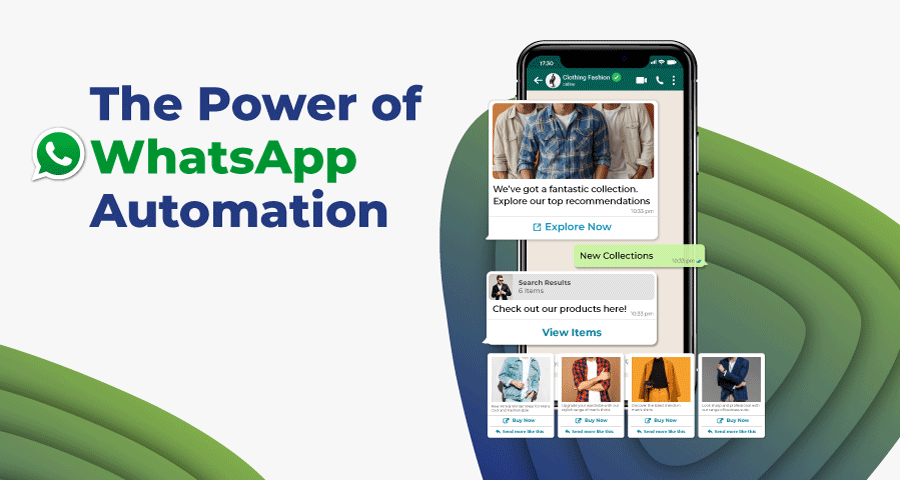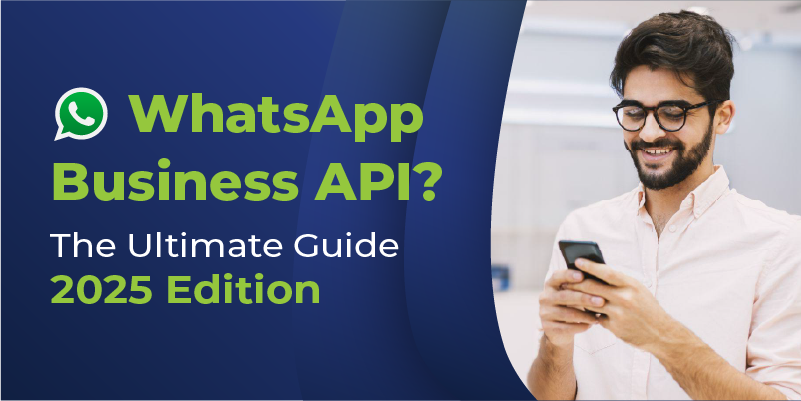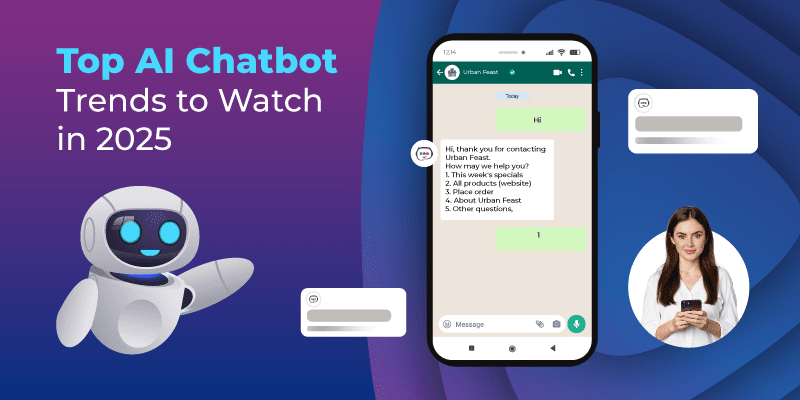Summary:
 Introduction
Introduction
With Meta’s recent update about the new frequency capping regulations to WhatsApp Business APIs, businesses in India are experiencing a high rate of message delivery failures.
This blog post discusses the specifics and technicalities of this update, explains its implications, and provides strategies for assisting businesses in adapting to these changes.
 Understanding Meta’s Frequency Capping
Understanding Meta’s Frequency Capping
1. About Frequency Capping
Frequency capping is a recent update by Meta, that limits the number of marketing messages, an end user can receive from various brands within a seven-day rolling window. This cap, determined by Meta, aims to enhance the user experience by preventing message overload.
2. Key Changes in Message Delivery
Under the new frequency capping rules, users can only receive messages from a limited number of brands in a rolling seven-day window. This first-come, first-deliver basis means that the initial set of brands will have their messages delivered, while subsequent messages will fail if the cap is reached.
3. Scope of Frequency Capping
- Affected Messages: Only marketing template messages that initiate a new marketing conversation.
- Unaffected Messages: Session messages and Click-to-WhatsApp Ads (CTWA), retargeting campaigns.
- Hybrid Messages: Messages combining utility and marketing content may not be delivered because they are classified as marketing messages.
 Addressing High Message Failure Rates
Addressing High Message Failure Rates
If you notice a high failure rate in message delivery, it could be due to frequency capping. Here are some possible reasons:
- The user has already reached their cap for receiving messages from multiple brands.
- Other common reasons include sporadic network access, user inactivity, or the user’s phone number not being registered on WhatsApp.
Suggested Actions:
- Do not resend the same template immediately, which might result in another error.
- Modify the message template to increase the chances of successful delivery.
- Segment bounced users from a campaign and retry sending messages to them.
- Consider retrying some time later but within a 24-hour window.
 Understanding Generic Error Code 003
Understanding Generic Error Code 003
Messages that fail due to frequency capping will fall under a generic error code, 003. This code encompasses various delivery issues, such as:
- This recipient’s phone number is not registered with WhatsApp.
- Recipients have not accepted the new terms of service.
- WhatsApp version used by the recipient is outdated.
- The message was blocked to maintain a high-quality user experience due to frequency capping.
 Adapting to Frequency Capping: Strategies for Businesses
Adapting to Frequency Capping: Strategies for Businesses
To effectively navigate the new frequency capping rules, businesses should:
- Evaluate current messaging strategies to ensure compliance with the new frequency capping rules.
- Optimize the timing of messages strategically to avoid overlaps with other brands.
- Utilize a mix of WhatsApp and other communication channels, to ensure message delivery without overwhelming the user. (For example, integration of Route Mobile’s Omnichannel platform OCEAN allows overcoming this challenge.)
- Focus on creating high-quality, engaging messages that users are likelier to interact with, thus improving overall delivery success rates.
 Frequency Capping and Special Occasions
Frequency Capping and Special Occasions
While there may be opportunities to bypass frequency caps during festivals and holidays, this is not guaranteed. Businesses should plan their campaigns accordingly and remain flexible to adjust strategies based on delivery performance data.
End Notes
Meta’s introduction of frequency capping for WhatsApp Business APIs represents a significant shift in how businesses can communicate with their customers in India. By understanding these changes and adapting their messaging strategies, businesses can maintain effective communication while enhancing the user experience. We encourage you to stay tuned to our Blogs section to learn more about such updates from Meta and their implications for business or contact our experts to guide you further.

 Introduction
Introduction Understanding Meta’s Frequency Capping
Understanding Meta’s Frequency Capping Addressing High Message Failure Rates
Addressing High Message Failure Rates Adapting to Frequency Capping: Strategies for Businesses
Adapting to Frequency Capping: Strategies for Businesses Frequency Capping and Special Occasions
Frequency Capping and Special Occasions




